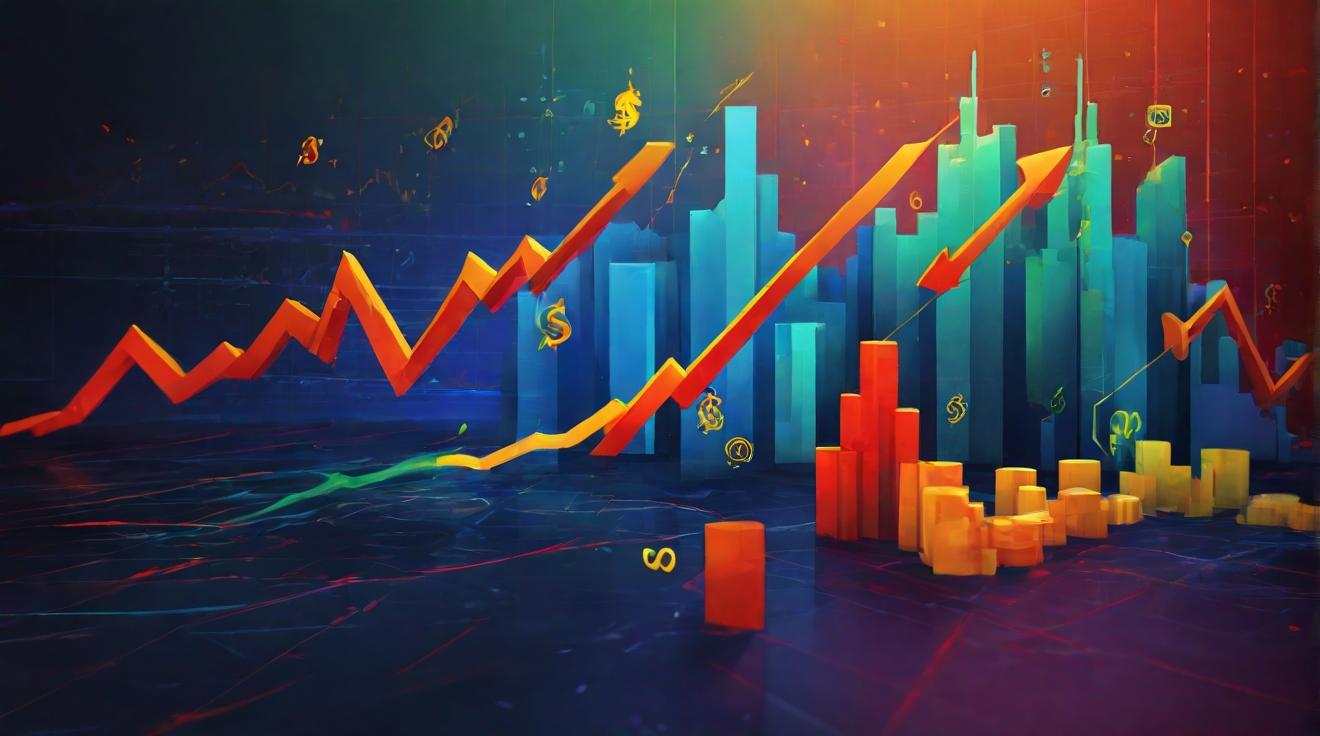**Understanding the Current Tech Sell-Off
The recent market downturn in the technology sector has raised alarms, drawing parallels to the historic October 1987 crash. This situation is driven by several factors that investors should understand.
Factors Behind the Sell-Off
One of the primary drivers of this sell-off is the increasing fear of a U.S. recession. Recession fears often lead investors to pull back, creating a ripple effect across the market.
Another factor is the unwinding of the yen carry trade. In simple terms, the yen carry trade involves borrowing in Japanese yen to invest in higher-yielding assets. When this trade unwinds, it can lead to market volatility.
The market's internal dynamics, dominated by momentum trading, risk parity strategies, and passive investors, have intensified the sell-off. These strategies, while innovative, can lead to rapid market shifts when sentiments change.
Lastly, an overcrowded and overpriced Big Tech trade has exacerbated the situation. Big Tech refers to major technology companies that have seen significant investment due to their growth potential.
The 1987 Crash Comparison
The October 1987 crash, also known as "Black Monday," was a significant market event triggered by an unexpected rate hike by West Germany. This created fears that the U.S. Federal Reserve would follow suit, potentially leading to a recession.
Although the Fed didn't raise rates and a recession was avoided, the market was severely impacted by what were known as 'portfolio insurance strategies'. These strategies, much like today's sophisticated financial tools, intensified the sell-off.
Tech Earnings and Market Sentiment
Societe Generale has noted that when analysts' optimism on tech profits wanes, it typically spells trouble for tech stocks. Recently, mixed earnings from major tech companies, dubbed the "Magnificent 7," have been cause for concern.
When earnings-per-share (EPS) optimism peaks and begins to decline, it's a sign that tech stocks may lose momentum and fall below their 200-day moving average, a key indicator for investors.
Labor Market and Economic Indicators
Recession fears have been fueled by weak labor market data, particularly the July non-farm payroll numbers. The Household Survey shows no job growth in the past year, and other indicators suggest a sharper decline than the official unemployment rate indicates.
The divergence between the equity market and Kansas City Fed labor market data, especially since the 2022 AI boom, raises questions about the current market resilience. As EPS optimism fades, the reality of economic fundamentals may become more apparent.
Conclusion
The present situation, while complex, offers valuable lessons for investors. Understanding the interplay of economic indicators, market strategies, and investor sentiment is crucial for navigating these turbulent times. The Societe Generale analysis serves as a reminder of the market's vulnerabilities and the importance of cautious optimism.













